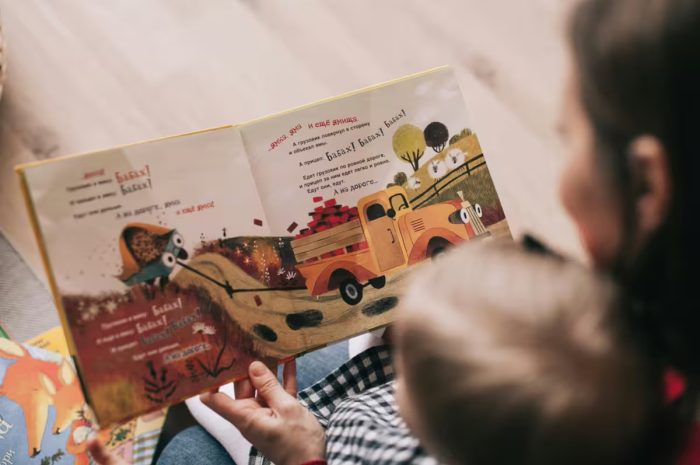Bringing Stories to Life With Familiar Voices Family memories often live in the way someone tells a story—the laugh in their voice, the way they say a certain name, the pause before a punchline. Learning how to use AI voice tools to preserve family memories makes it possible to keep Continue Reading
How to Use Silence and Subtext in Storytelling
Letting What’s Unsaid Carry the Story Not every story needs loud moments to be powerful. Sometimes the silence between words says the most. In storytelling, silence and subtext create tension, intimacy, and depth. These tools help readers and viewers lean in, read between the lines, and feel more connected to Continue Reading
How to Write Dialogue That Reflects Character Growth
Using Dialogue to Track Emotional Shifts A character’s dialogue is more than words on a page—it’s a window into who they are and how they change. Learning how to write dialogue that reflects character growth means noticing subtle shifts in tone, vocabulary, and cadence as the story progresses. As characters Continue Reading
How Weekly Storytelling Projects Keep Your Memories Consistent
Building Habits That Preserve Your Story Time moves fast. One week blends into the next, and small moments often slip away without notice. That’s where the idea behind how weekly storytelling projects keep your memories consistent comes in. By setting aside time to reflect, write, or share each week, people Continue Reading
How to Record and Share Life Stories Through Audio
Why Capturing Life Stories in Audio Matters Everyone has a story to tell, and audio recording offers a way to preserve personal memories in their most authentic form. The tone, emotion, and personality in a person’s voice add a depth that written words alone cannot capture. Whether it’s a grandparent Continue Reading
How to Build a Family Story Archive for Future Generations
The Power of Preserving Family Stories Every family has a unique history, filled with personal achievements, struggles, traditions, and cherished moments. These stories help define identity, connect generations, and provide insight into the past. However, without preservation, memories can fade, and valuable narratives may be lost over time. That’s why Continue Reading
The Ethics of Digital Storytelling and How to Protect Creative Work
The Responsibility of Digital Storytellers Storytelling has always been a way to preserve history, express creativity, and share perspectives. As digital platforms expand, more people have access to share their narratives in ways that were once limited to print or traditional media. While this opens opportunities for diverse voices, it Continue Reading
How to End a Story in a Way That Leaves a Lasting Impression
Crafting an Ending That Stays With Your Readers A great story lingers in the mind long after the final word is read. How to end a story in a way that leaves a lasting impression often comes down to choosing a conclusion that deepens meaning and reinforces the emotional journey. Continue Reading
How to Build Emotion in Stories Through Character Development
Why Emotion in Character Development Matters A great story isn’t just about plot twists and action—it’s about how readers connect with the characters. Understanding how to build emotion in stories through character development helps transform basic narratives into powerful experiences. Without emotional depth, even the most exciting storyline can feel Continue Reading
The Role of Conflict in Storytelling and How to Use It Effectively
Why Conflict Drives Every Great Story Stories without conflict feel empty. Conflict fuels tension, emotion, and growth, pulling readers into a character’s journey. It challenges protagonists, forcing them to make choices that shape the narrative’s outcome. Whether it’s an internal struggle or an external battle, conflict makes a story worth Continue Reading









